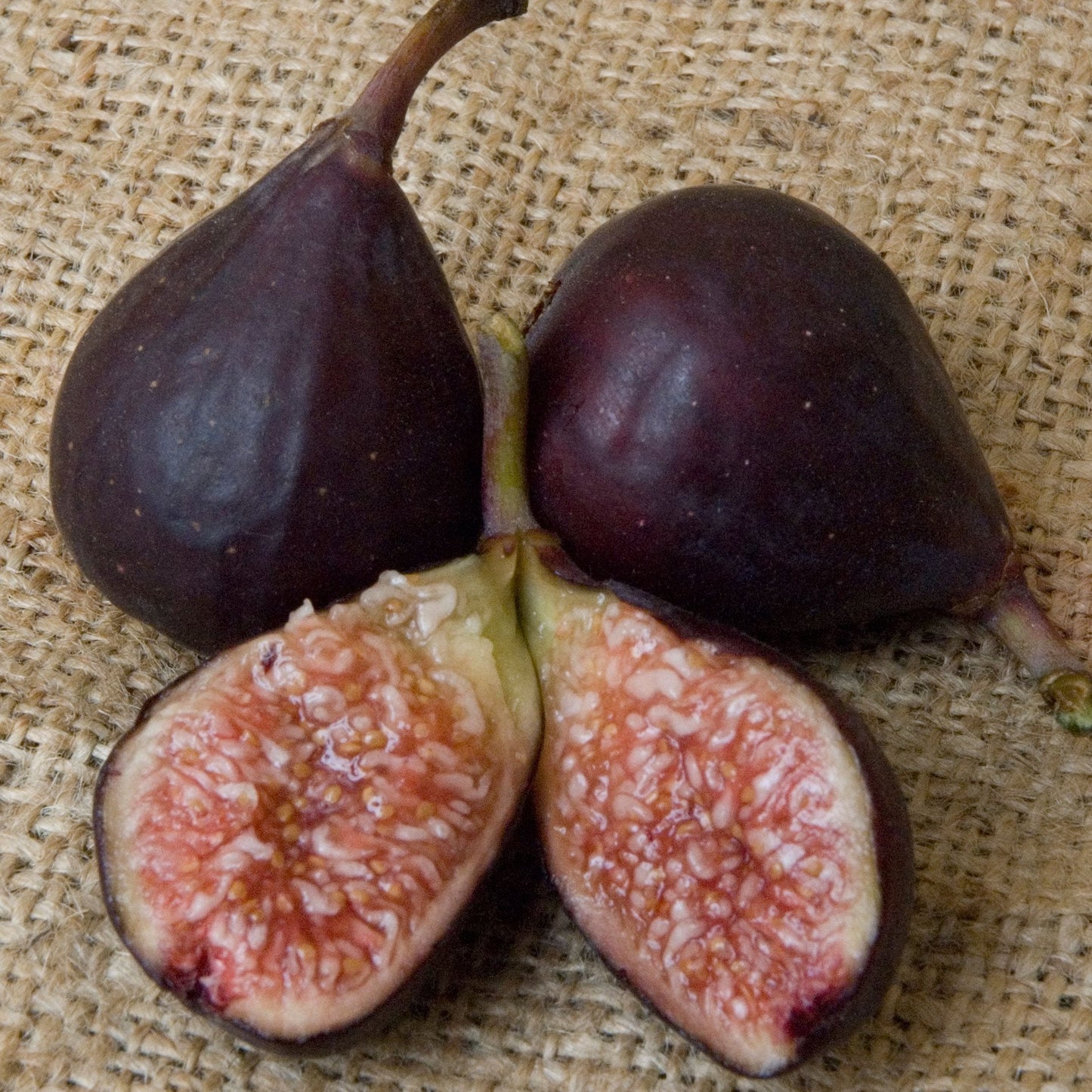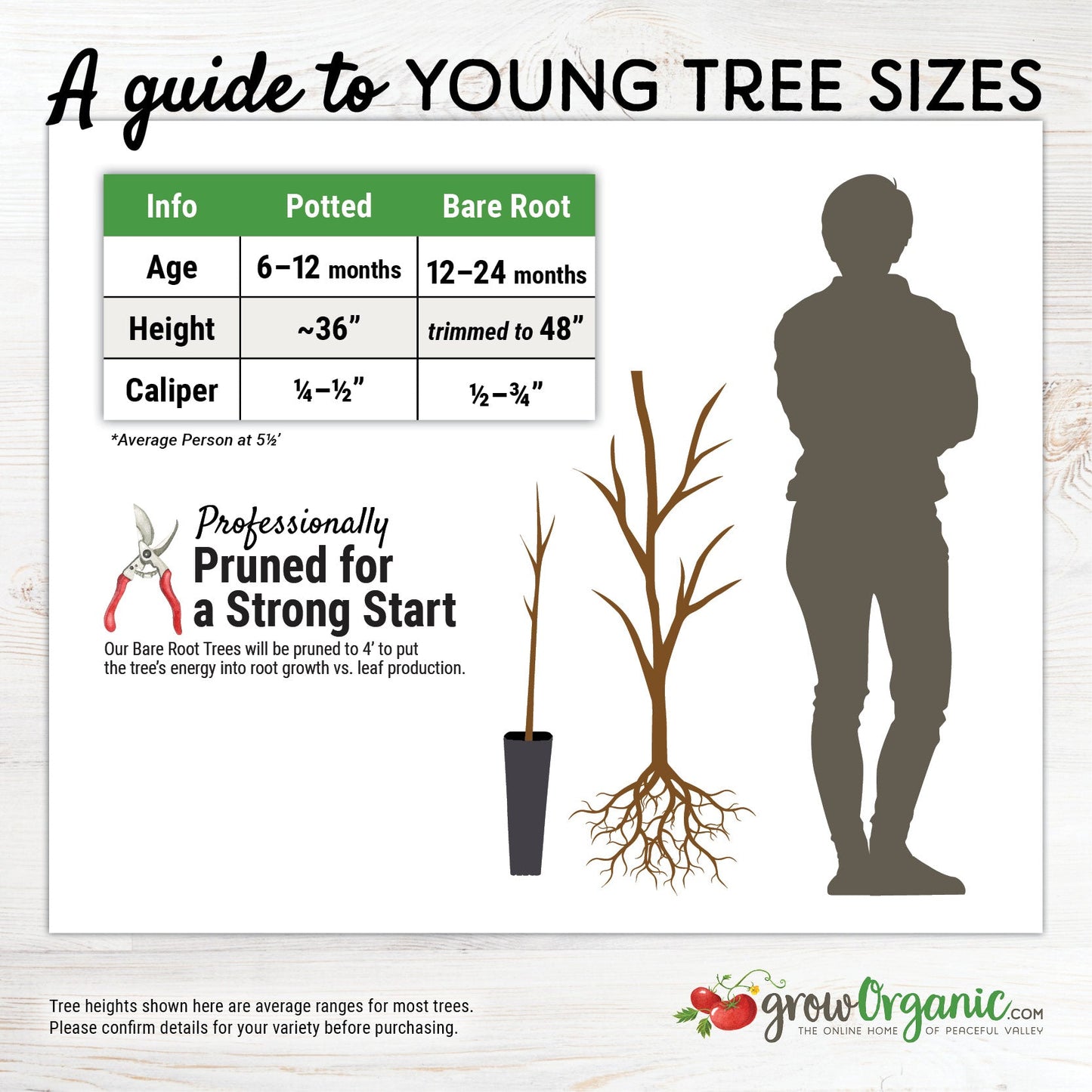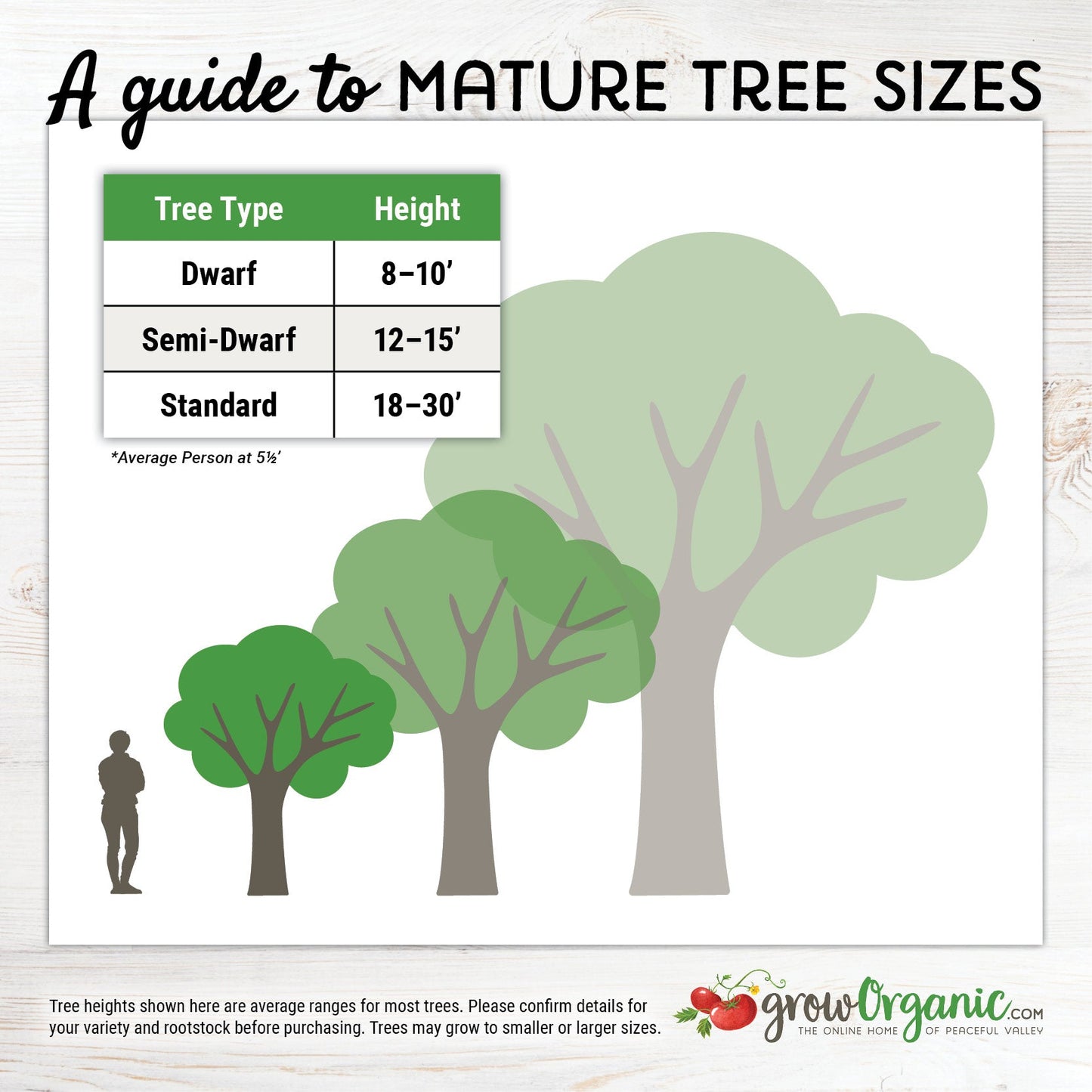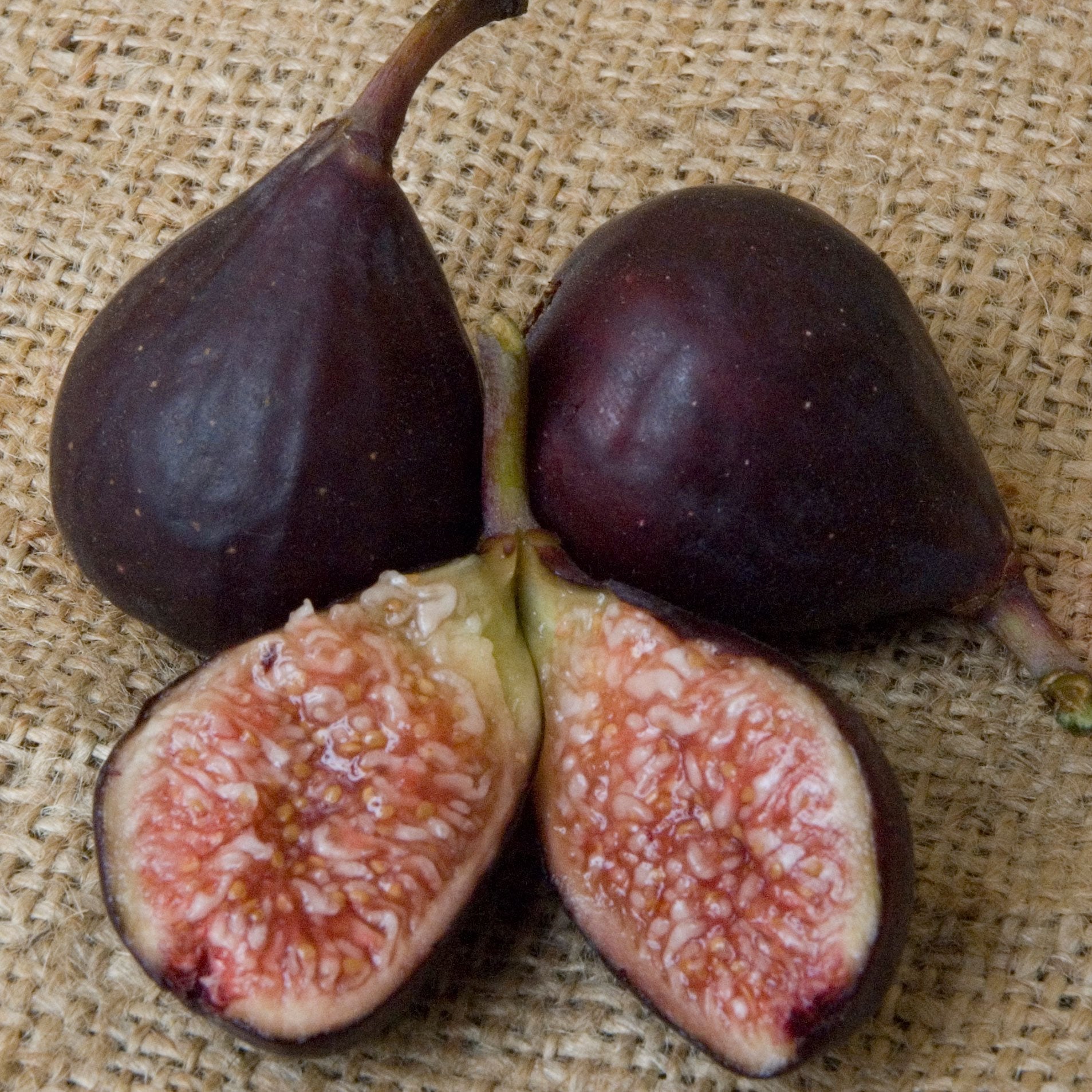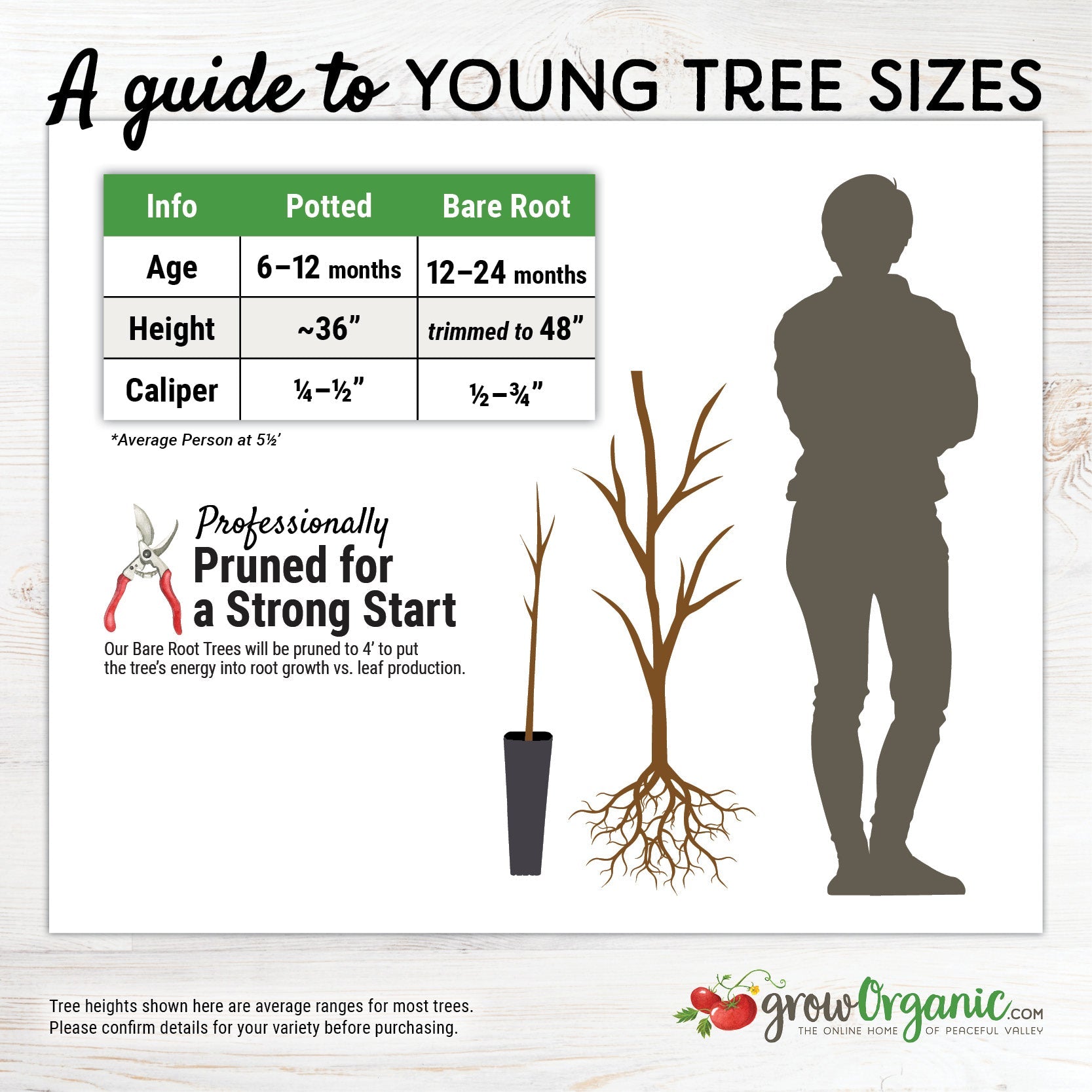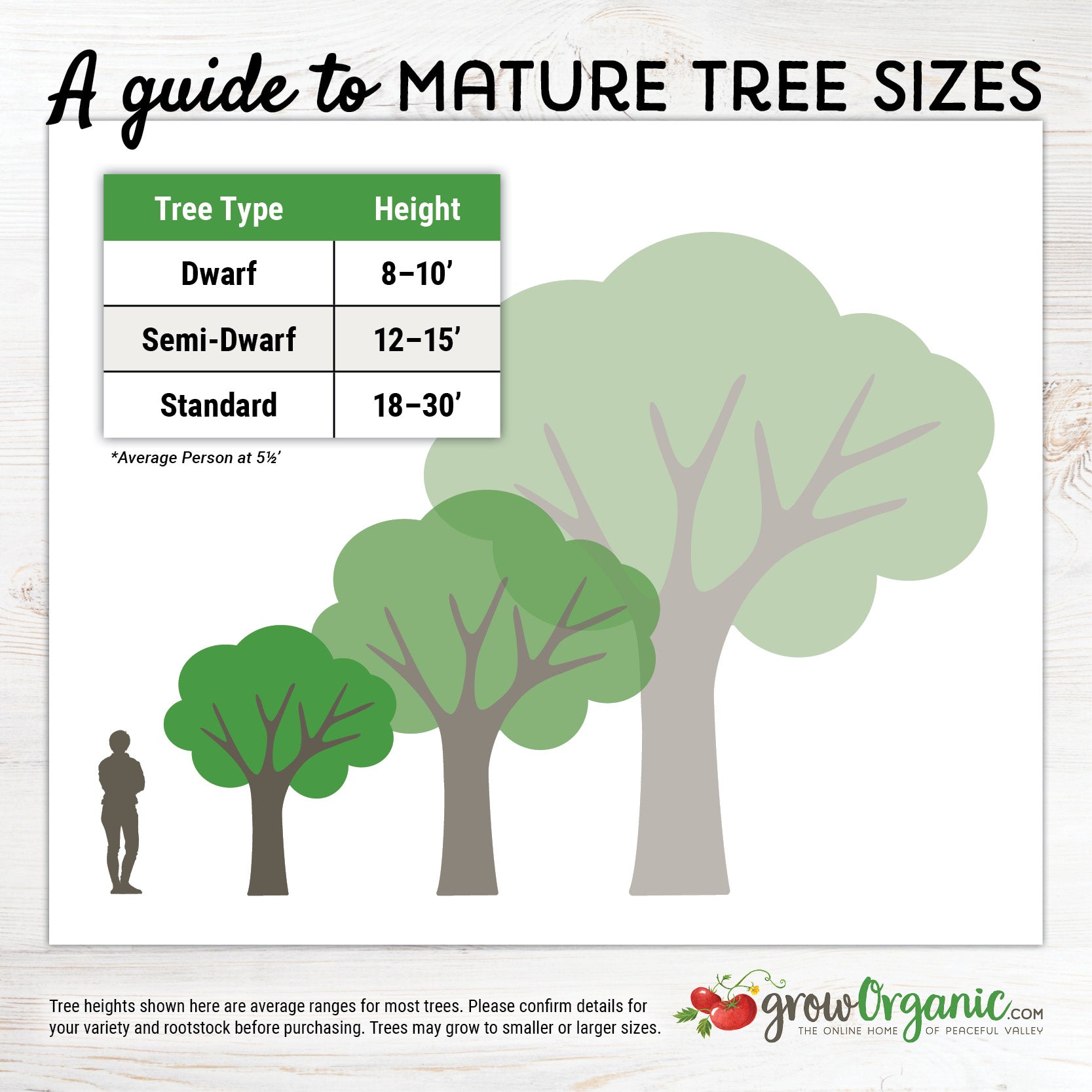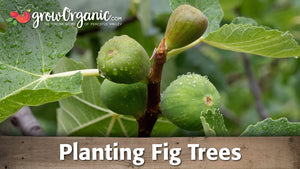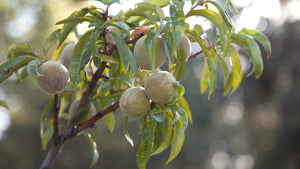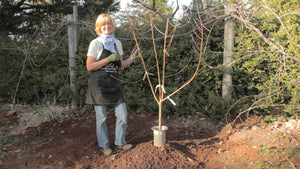Item Number: FT099
Violette de Bordeaux Fig Tree
Violette de Bordeaux Fig Tree
Enjoy a fig tree in your home garden
Semi-Dwarf potted tree
- Zones: 5-10
- Chill hours: 100
- Harvest: August 10 - November 5
- Looks: Small to medium size purple-black fruit with a very deep red strawberry pulp and a distinctive rich flavor.
- Personality: Brebas are pear-shaped with a thick, tapering neck; main crop figs are variable, often without neck. Medium eye.
- Facts of note: Excellent fresh or dried. A naturally small (semi dwarf) tree. Frost hardy. Good for container culture or small spaces. Mature size is 12-15 feet. Hardy. Similar flavor to Black Mission Fig. Produces twice a year. Protect below 5°F.
- Pollination: Self-fruitful
Violette de Bordeaux Fig Tree: A Remarkable Fruit-Bearing Plant
The Violette de Bordeaux Fig Tree, also known as the Negronne Fig, is a remarkable fruit-bearing plant prized for its delectable and sweet figs. This versatile and easy-to-maintain tree has gained popularity among gardeners and fruit enthusiasts alike.
Characteristics of the Violette de Bordeaux Fig Tree
The Violette de Bordeaux Fig Tree is a deciduous shrub or small tree known for its compact size, making it suitable for both large gardens and small spaces. It typically reaches a height of 5 to 10 feet and features beautiful, deeply lobed, dark green leaves that provide a lush backdrop to its fruit. This fig tree is a prolific producer of small to medium-sized figs that are dark purple to black in color when ripe. These figs boast a rich, sweet flavor and a delightful, jam-like texture.
Cultivation Requirements
One of the key advantages of the Violette de Bordeaux Fig Tree is its adaptability to various climate conditions. This variety is well-suited for USDA hardiness zones 5-10, making it suitable for a wide range of regions in the United States. To ensure optimal growth and fruit production, consider the following cultivation requirements:
Sunlight: Violette de Bordeaux Fig Trees thrive in full sun, requiring at least 6 to 8 hours of direct sunlight per day. Planting in a sunny location will promote healthy growth and fruit development.
Soil: These fig trees prefer well-draining, loamy soil with a slightly acidic to neutral pH level. Amending the soil with organic matter can help improve drainage and fertility.
Water: While established fig trees are relatively drought-tolerant, consistent watering is essential during the first few years of growth. Deep watering at regular intervals will help establish a strong root system.
Pruning: Pruning is essential to maintain the shape of the tree and improve air circulation. It is best done during the dormant winter months to encourage new growth in the spring.
Culinary Uses
The Violette de Bordeaux Fig is prized for its exceptional flavor and versatility in the kitchen. These sweet, tender figs can be enjoyed fresh, dried, or used in a variety of culinary applications. Some popular ways to incorporate Violette de Bordeaux figs into your culinary endeavors include:
Fresh Eating: Enjoy the ripe figs straight from the tree for a sweet and satisfying treat.
Drying: These figs are excellent for drying, which concentrates their natural sweetness. Dried Violette de Bordeaux figs make for a nutritious and delicious snack.
Preserves and Jams: The rich, jam-like texture of these figs makes them perfect for creating homemade preserves, jams, and chutneys.
Baking: Incorporate Violette de Bordeaux figs into a variety of baked goods, such as fig tarts, cakes, and bread.
Health Benefits
Aside from their delightful flavor and culinary uses, Violette de Bordeaux figs also offer several health benefits*. They are a good source of dietary fiber, vitamins, and minerals, including potassium, calcium, and magnesium. Figs are known to promote digestive health, support bone health, and may aid in regulating blood sugar levels.
In conclusion, the Violette de Bordeaux Fig Tree is a prized addition to any garden or orchard. Its compact size, adaptability to different climates, and exceptional fruit quality make it a favorite among fruit enthusiasts. Whether you enjoy its sweet figs fresh, dried, or incorporated into various dishes, this fig tree is sure to be a valuable and enjoyable addition to your home garden.
Visit our Fruit Tree Central for a listing of all our fruit tree videos and articles.
Visit Tree Characteristics for a listing of all our fruit & nut tree growing characteristics.
* Not medical advice; see a physician for details.


Check Your Zone Compatibility:
Compatible with your zone.
Growing Zone for
,

Our Guarantee To You
Since 1976, we've served our customers at every stage of growing. Please contact us at any time. We are happy to support and assist you.
Description
Description
Semi-Dwarf potted tree
- Zones: 5-10
- Chill hours: 100
- Harvest: August 10 - November 5
- Looks: Small to medium size purple-black fruit with a very deep red strawberry pulp and a distinctive rich flavor.
- Personality: Brebas are pear-shaped with a thick, tapering neck; main crop figs are variable, often without neck. Medium eye.
- Facts of note: Excellent fresh or dried. A naturally small (semi dwarf) tree. Frost hardy. Good for container culture or small spaces. Mature size is 12-15 feet. Hardy. Similar flavor to Black Mission Fig. Produces twice a year. Protect below 5°F.
- Pollination: Self-fruitful
Violette de Bordeaux Fig Tree: A Remarkable Fruit-Bearing Plant
The Violette de Bordeaux Fig Tree, also known as the Negronne Fig, is a remarkable fruit-bearing plant prized for its delectable and sweet figs. This versatile and easy-to-maintain tree has gained popularity among gardeners and fruit enthusiasts alike.
Characteristics of the Violette de Bordeaux Fig Tree
The Violette de Bordeaux Fig Tree is a deciduous shrub or small tree known for its compact size, making it suitable for both large gardens and small spaces. It typically reaches a height of 5 to 10 feet and features beautiful, deeply lobed, dark green leaves that provide a lush backdrop to its fruit. This fig tree is a prolific producer of small to medium-sized figs that are dark purple to black in color when ripe. These figs boast a rich, sweet flavor and a delightful, jam-like texture.
Cultivation Requirements
One of the key advantages of the Violette de Bordeaux Fig Tree is its adaptability to various climate conditions. This variety is well-suited for USDA hardiness zones 5-10, making it suitable for a wide range of regions in the United States. To ensure optimal growth and fruit production, consider the following cultivation requirements:
Sunlight: Violette de Bordeaux Fig Trees thrive in full sun, requiring at least 6 to 8 hours of direct sunlight per day. Planting in a sunny location will promote healthy growth and fruit development.
Soil: These fig trees prefer well-draining, loamy soil with a slightly acidic to neutral pH level. Amending the soil with organic matter can help improve drainage and fertility.
Water: While established fig trees are relatively drought-tolerant, consistent watering is essential during the first few years of growth. Deep watering at regular intervals will help establish a strong root system.
Pruning: Pruning is essential to maintain the shape of the tree and improve air circulation. It is best done during the dormant winter months to encourage new growth in the spring.
Culinary Uses
The Violette de Bordeaux Fig is prized for its exceptional flavor and versatility in the kitchen. These sweet, tender figs can be enjoyed fresh, dried, or used in a variety of culinary applications. Some popular ways to incorporate Violette de Bordeaux figs into your culinary endeavors include:
Fresh Eating: Enjoy the ripe figs straight from the tree for a sweet and satisfying treat.
Drying: These figs are excellent for drying, which concentrates their natural sweetness. Dried Violette de Bordeaux figs make for a nutritious and delicious snack.
Preserves and Jams: The rich, jam-like texture of these figs makes them perfect for creating homemade preserves, jams, and chutneys.
Baking: Incorporate Violette de Bordeaux figs into a variety of baked goods, such as fig tarts, cakes, and bread.
Health Benefits
Aside from their delightful flavor and culinary uses, Violette de Bordeaux figs also offer several health benefits*. They are a good source of dietary fiber, vitamins, and minerals, including potassium, calcium, and magnesium. Figs are known to promote digestive health, support bone health, and may aid in regulating blood sugar levels.
In conclusion, the Violette de Bordeaux Fig Tree is a prized addition to any garden or orchard. Its compact size, adaptability to different climates, and exceptional fruit quality make it a favorite among fruit enthusiasts. Whether you enjoy its sweet figs fresh, dried, or incorporated into various dishes, this fig tree is sure to be a valuable and enjoyable addition to your home garden.
Visit our Fruit Tree Central for a listing of all our fruit tree videos and articles.
Visit Tree Characteristics for a listing of all our fruit & nut tree growing characteristics.
* Not medical advice; see a physician for details.
Sub-tropical, drought tolerant fruit tree. Fig trees are possibly the very first domesticated fruit. There is evidence of fig cultivation as early as 4,000 B.C. The sweetest figs develop when the daytime temperature regularly exceeds 95°F. Figs thrive in most soil types, as long as it's well-drained, and they will fruit in a variety of climates. Fig trees need hardly any cold period to produce fruit. Mature fig trees are hardy to 15°F. Will re-grow from roots if winter-killed.
Mature standard trees grow to 25' tall and 40' wide if not pruned, semi-dwarf trees can get 12-15' tall. Figs need warm soil for their roots to start growing. Figs do not like to be planted as bare-roots and are difficult to establish, so we sell these No. 1 size trees (about 1/4"-3/8" caliper) in pots (4" x 4" x 9") to enhance their survival rate. Trees are 1 year old and should begin to fruit in same year you plant them.
See our article How to Plant a Fig Tree for more details.
Shipping Information
Shipping Information
Cannot ship to the following states: AK, HI, PR, VI, GU
Cannot ship via USPS.
Cannot ship via SmartPost.
Shipping Weight: 5.5 lb
Dimensions: 35.9"L x 3.9"W x 3.9"H
Features
Features
- Container Compatible
- Potted
- Self-fruitful
- Suited to Warmer Climates
Characteristics
Characteristics
Planting & Care
Planting & Care
Useful Information
Useful Information
Guarantee
Guarantee
We guarantee the perishable items we sell to be in good, viable condition when we sell them. Perishable items include, but are not limited to, garlic bulbs, flower bulbs, seed potatoes, onion sets & transplants, potted or bare root trees, vegetable crowns, etc. If your perishable item arrives in substandard condition, take photographs and please contact us within 3 days of the purchase date (or delivery date) and we will provide you with a refund of the purchase price (excluding shipping costs), or a replacement. Accordingly, we urge you to open any boxes marked as ""Perishable"" immediately upon receiving them and inspect the shipment thoroughly (do not crack open heads of garlic, we do not accept claims on cracked garlic). Because some perishable items can deteriorate very quickly, we cannot accept any claims beyond the 3-day time frame as it becomes too difficult to determine if these items were delivered in substandard condition, or if they turned into such substandard condition because of having been improperly cared for or stored once delivered.
Share
